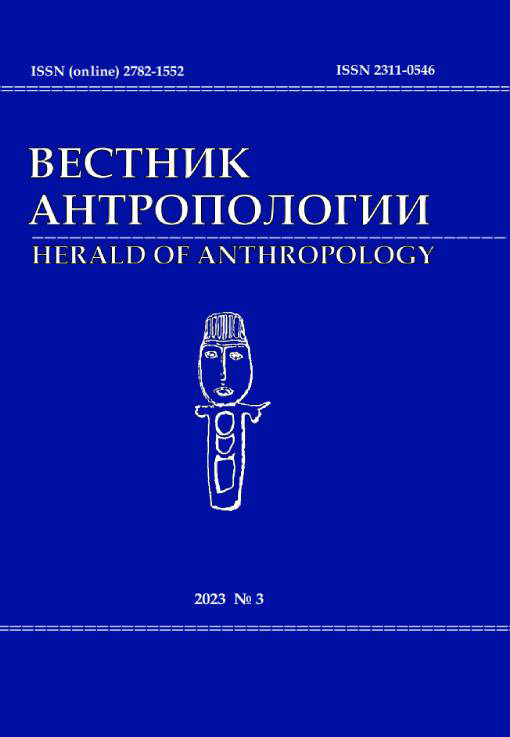Stars in the Life of the Population of the Zeravshan River Valley
DOI: 10.33876/2311-0546/2023-3/26-41
Keywords:
Tajikistan, ethnography, folk astronomy, visibility of stars, calendar holidaysAbstract
In order to study the folk calendar and astronomical knowledge of the inhabitants of the Republic of Tajikistan, an ethnographic expedition was carried out along the valley of the Zeravshan River in the summer of 2022. We interviewed thirty-eight Tajik informants from twenty-three villages in the Gornaya-Matcha, Aini and Penjikent regions, where the Zeravshan River passes. The collected material shows a fairly high level of folk astronomical knowledge. In the Penjikent region, where ethnic Uzbeks live compactly, knowledge is significantly lower and is mainly limited to residual information obtained in the Soviet secondary school. Zeravshan settlers celebrate four folk holidays related to agriculture: Nawruz — the New year, Juft Baroron — the holiday of the first plowing, Sada — the end of the winter chilya (50 days and 50 nights before Nawruz) and Mekhrgon — the harvest festival. The most significant of them is Nawruz. Sada and Mehrgon, although they have recently received the status of national holidays, are not celebrated in a special way. For the population, they are ordinary days off. An unexpected fact that does not fit into the known calendar schemes is that Nawruz is not celebrated on the day of the vernal equinox, with which it is usually associated. Rather, in some villages it is celebrated from March 5 to March 10, and in other – on March 12. These dates are 9–16 days before the equinox. In some villages, it is celebrated after the equinox – from 17 to 30 March or from 14 to 31 March. Of all the stars, the local population of Zeravshan River knows Sirius best of all. It has a double name there. From the upper reaches of the river to the villages of Kudishar and Pastigav, the star is called “Sarmo” (frost star), and to the west, starting from the village of Padrog, it is called “Sitorai Hunuk” (cold star), as in other villages of Tajikistan which we know about. In addition, the Seven Brothers asterism is known. Sometimes it is identified with the Pleiades, and sometimes with the constellation Ursa Major.





















